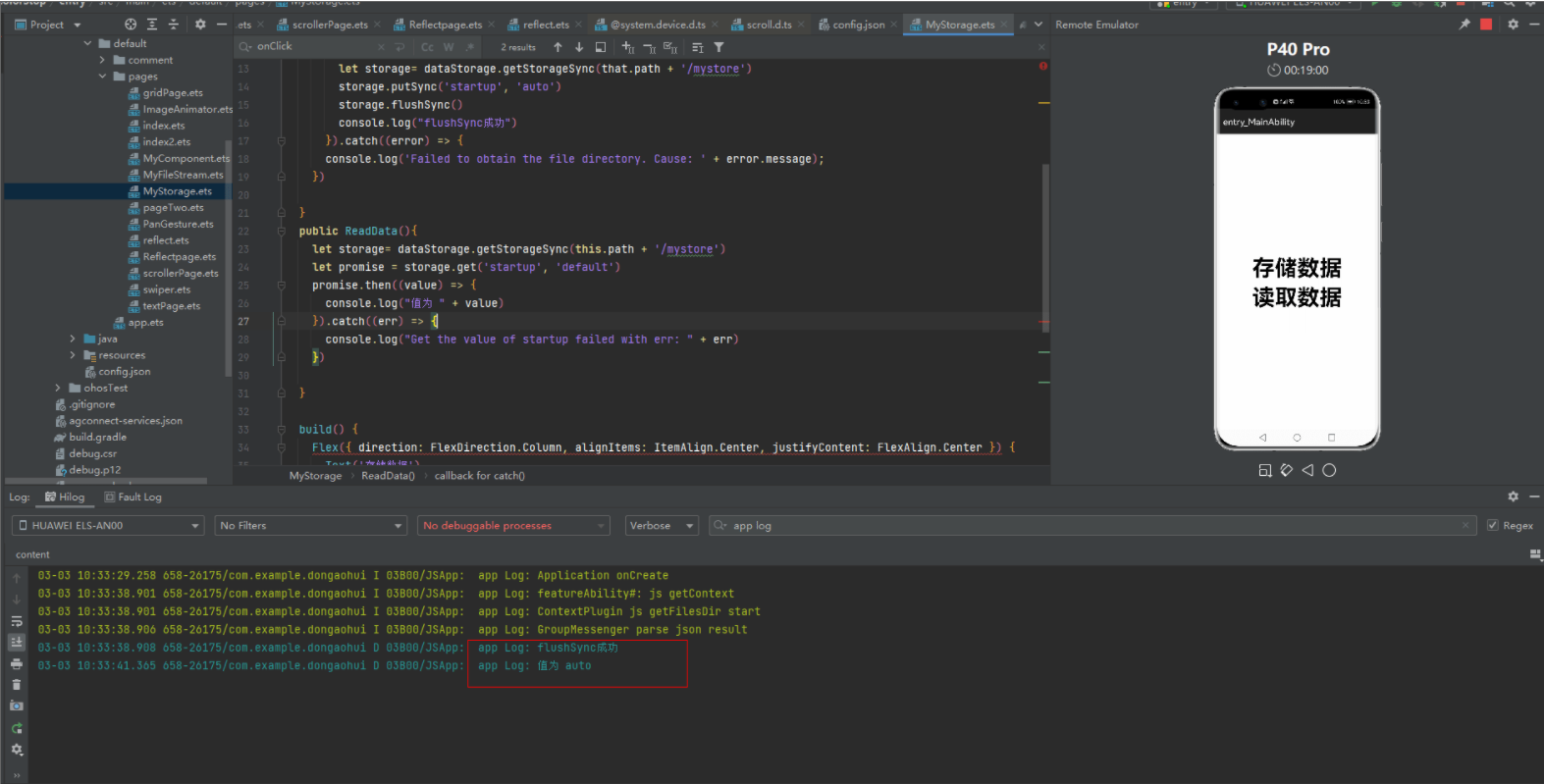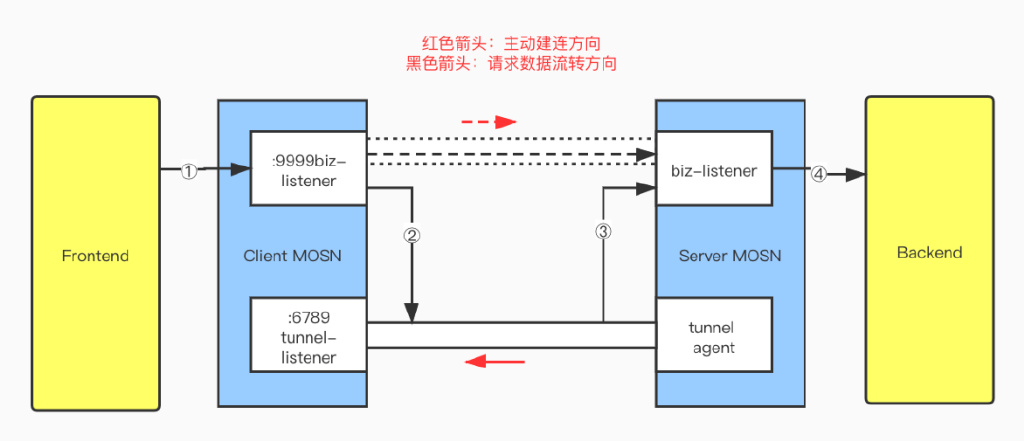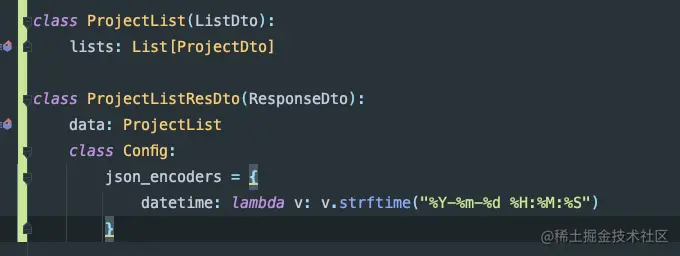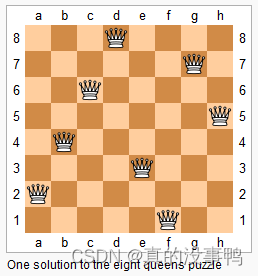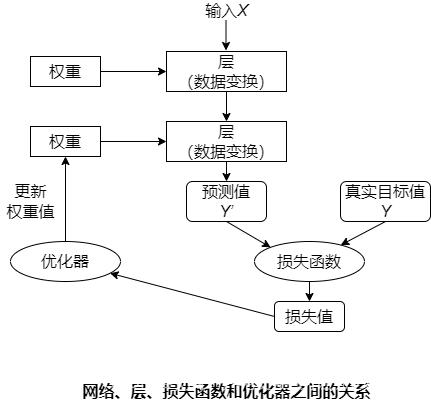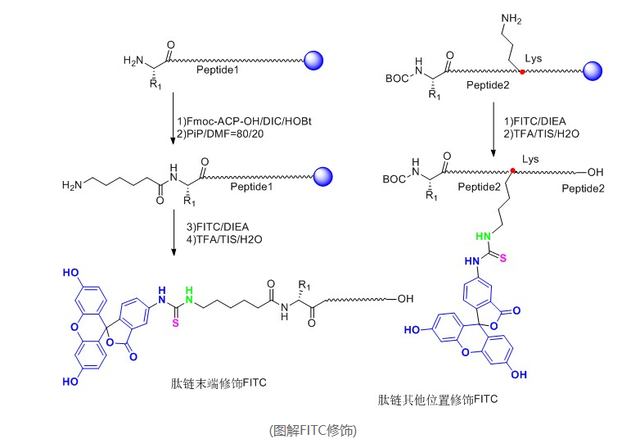当前位置:网站首页>Fluorescent marker peptides FITC/AMC/FAM/Rhodamine TAMRA/Cy3 / Cy5 / Cy7 - Peptide
Fluorescent marker peptides FITC/AMC/FAM/Rhodamine TAMRA/Cy3 / Cy5 / Cy7 - Peptide
2022-08-03 04:40:00 【Fluorescent House】
Fluorescent dyes and their fluorescent labeling technology have always been commonly used products and technologies in the biological field. The wavelengths of labeling fluorescence owned by our company range from 300nm to 700nm. In addition to the common FITC, FAM, Rhodamine, AFC, AMC, Rox,In addition to fluorescent labeling dyes such as Sulforhodamine 101, 5-TAMRA, EDANS Texas Red, 5-Tamra, 5-lodoacetamido fluorescein, Cy3, Cy5, various derivatives of BODIPY and other special products are also studied.The company's NHS-activated fluorescent dyes can be used for protein, peptide, DNA, antibody and other labeling.
I. What is a fluorescent marker?
The compound on which the fluorescent label depends is called a fluorescent substance.A fluorescent substance refers to a compound with a conjugated double bond system chemical structure, which can be excited to an excited state when irradiated by ultraviolet light or blue-violet light, and emit fluorescence when it returns to the ground state from the excited state.Fluorescent labeling technology refers to the use of fluorescent substances covalently bonded or physically adsorbed on a certain group of the molecule to be studied, and its fluorescent properties are used to provide information about the object to be studied.The advantages of fluorescent labels, such as no radioactive contamination and easy operation, make fluorescent labels more and more widely used in many research fields.
Second, the role of fluorescent labeling
Fluorescent labeling substances are also widely used in protein function research, drug screening and other fields.People use fluorescently labeled polypeptides to detect the activity of target proteins, and the high-throughput activity screening methods developed by them are applied to drug screening and drug development of target proteins for disease treatment (for example, various kinases, phosphatases, peptidases, etc.).Wait).Therefore, the fluorescence modification of peptides is also an important content in the field of peptide synthesis.
Three, the site of fluorescent labeling
Fluorescent labeling substances can be directly connected to the N-terminus of the polypeptide (such as the connection of fluorescein isothiocyanate, usually a glycine or β-alanine is directly inserted into the N-terminus of the polypeptide and fluorescein isothiocyanate)..), or at the C-terminus to the side chain of lysine (or cysteine), or at other positions where it can be attached.
4. Examples of fluorescent labels
4.1 Fluorescently labeled FITC modification
Fluorescein isothiocyanate (FITC) has relatively high activity. Generally speaking, it is easier to introduce this fluorophore in the solid-phase synthesis process than other fluorescein, and it does not need to be added during the reaction process.activation reagent.
Fluorescently labeled FITC-modified polypeptides usually have two main forms:
(1) FITC is attached to the N-terminal of the entire peptide chain, and a molecule of Acp (6-aminocaproic acid), also known as an alkyl spacer, is attached before FITC.In the reaction, FITC reacts with the naked -NH2 on the peptide chain, and the access of Acp provides a six-carbon linear space, which greatly reduces the steric hindrance of the reaction, improves the reaction efficiency, and reduces the difficulty of the reaction.Secondly, FITC also reacts with -SH and side chain -NH2 in the polypeptide structure, and the addition of Acp also reduces the possibility of this side reaction.In addition, when peptides are cleaved under acidic conditions, the peptides with N-terminal access to FITC need to undergo cyclization to form fluorescein. This process is usually accompanied by the excision of the last amino acid, and the access of the alkyl spacer Acp.avoid this from happening.
(2) FITC is added to a Lys side chain in the whole peptide, and the Lys side chain is a four-carbon straight-chain alkyl group with -NH2 at the end, which directly reduces the steric hindrance.This modification method can flexibly carry out FITC modification at any position in the entire peptide, not just at the end.

(Graphic FITC modification)
4.2 Fluorescent labeling AMC modification
7-amino-4-methylcoumarin (AMC) is a fluorescent labeling reagent that is widely used, for example, trace determination of enzymes, identification of enzymes,In addition, ubiquitin molecules modified with coumarin at the C-terminus are also important probes for studying the process of protein ubiquitination.
Unlike other fluorescent dyes, AMC modified polypeptide molecules are carried out from the C-terminus:
AMC reacts with the first amino acid at the C-terminal of the peptide chain;
Solid-phase synthesis of the entire peptide chain (starting from the second amino acid), and retaining the side chain protecting group and the last amino protecting group of the entire peptide chain;
Liquid-phase condensation of AA-AMC with fully protected peptide chain;
(4) Excision of the protective group to complete the modification of the peptide chain.

(Illustration AMC Modification)
4.3 Fluorescently labeled 5-FAM modification
Commonly used in confocal microscopy and flow cytometry applications.

4.4 Modification with fluorescently labeled Rhodamine B

Rhodamine B is one of many rhodamine dyes used in fluorescence assays.
4.5 Fluorescently labeled 5-TAMRA modification
5-TAMRA is one of the most popular orange fluorophores for labeling peptides and proteins.

4.6 Fluorescently labeled Cy 3 and Cy 5 modification
Cy3 and Cy5 are dyes with high extinction coefficients.Therefore, they are particularly suitable for sensitive intracellular peptide localization experiments.Their disadvantage is that they are very unstable in the environment of polypeptide synthesis, so the amount of synthesis is relatively low.
Cy3-Peptide

边栏推荐
猜你喜欢
随机推荐
excerpt from compilation book
数字化时代,企业如何建立自身的云平台与商业模式的选择?
mysql bool blind
接口测试 Mock 实战(二) | 结合 jq 完成批量化的手工 Mock
汇编书摘抄
Technology Sharing | How to do assertion verification for xml format in interface automation testing?
6.神经网络剖析
那些让电子工程师崩溃瞬间,你经历了几个呢?
工程水文学知识点
2022/08/02 Study Notes (day22) Multithreading
MySQL 出现 The table is full 的解决方法
10.预测房价:回归问题
js的垃圾回收机制
数字孪生园区场景中的坐标知识
WebSocket的实际应用
OSI的分层特点、传输过程与三次握手、四次挥手、tcp与udp包头的描述
安装ambari
富瑞宣布战略交易,以简化运营,持续专注于打造领先的独立全服务型全球投行公司
t conditional judgment statement and if loop
IO进程线程->线程->day5

